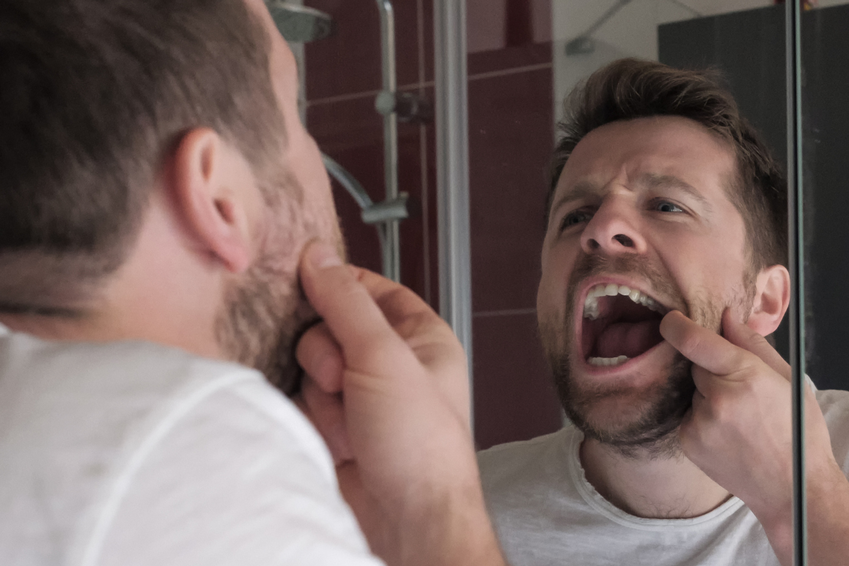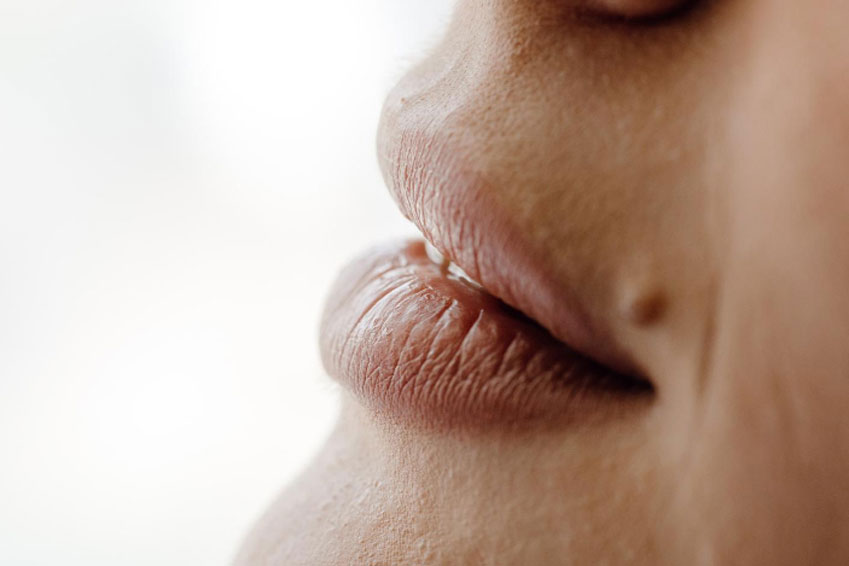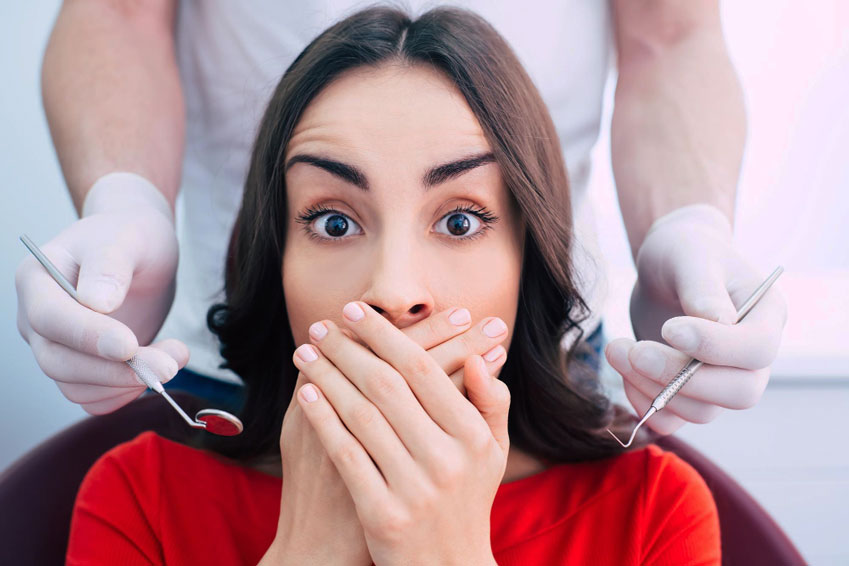Set the scene: You bolt out of bed to get ready for your first Zoom call. In the bathroom, you manage a glance at yourself in the mirror.
Opening your mouth to see how white (or yellow) your teeth are going to look on camera, you notice a thick, white/greyish patch just on the left side of your tongue.
If you discover a patch or lesion in your mouth, don’t panic, it’s not necessarily cancer, but it could be what the dental and medical pros call leukoplakia.
 While it’s not “The Big C”, it can possibly go that way, so it’s a great idea to understand why you have it, and how to get rid of it. Indeed, folks diagnosed with leukoplakia could possibly develop Squamous Cell Carcinoma (SCC) in the course of ten years. And white or greyish patches mixed with red speckles may be a you already have oral cancer.
While it’s not “The Big C”, it can possibly go that way, so it’s a great idea to understand why you have it, and how to get rid of it. Indeed, folks diagnosed with leukoplakia could possibly develop Squamous Cell Carcinoma (SCC) in the course of ten years. And white or greyish patches mixed with red speckles may be a you already have oral cancer.
Here’s an excellent video from the U.K.’s Oral Health Foundation…
What are the signs of leukoplakia?

There are two basic types of leukoplakia…
Non-homogenous – An essentially white or white/grey and red, unevenly shaped patch could be flat, bulges, or elevated.
Homogenous – A mostly white/grey, uniformly colored patches that are consistent throughout.
The condition may be discovered on areas of the gums, tongue, inside of cheeks or up on the palette. They could be patches or lesions that are
- Slightly raised
- Thick
- Hardened, rough
- Irregular
- Flat-textured patches
- White or gray
We decided to spare you, the gory images but here are some pics if you’re interested. These patches may not be painful but could be irritated by stimuli such as hot or cold, spices and acidic food or liquids.
What causes leukoplakia?

The potential triggers/causes include a bunch of things…
- Drinking alcohol
- Irritations from orthodontics, sharp or pointy teeth, biting the tongue, improperly fitted dentures
- HIV/AIDs
- Smoking or chewing tobacco
- Inflammation
How do you get rid of it?

The most important way to reduce occurrences is to catch it early. Regular dental checkups will reveal its presence and hasten treatment. Equally importantly is, since it occurs because of other things, eliminating the root causes before symptoms occur is wise.
If leukoplakia doesn’t go away on its own, surgical removal is highly recommended. In addition, once you’ve got it, it is likely to come back.
Staying Healthy

As mentioned, leukoplakia is often the result of a lifestyle choice. Eating a healthy, balanced diet, regular brushing and flossing your mouth daily, refraining from smoking or chewing tobacco, reducing alcohol consumption are all recommended.
And of course, regular checkups by your dentist will help ensure thinks like leukoplakia do not go undetected – and if you see something, say something and tell your dentist.


















